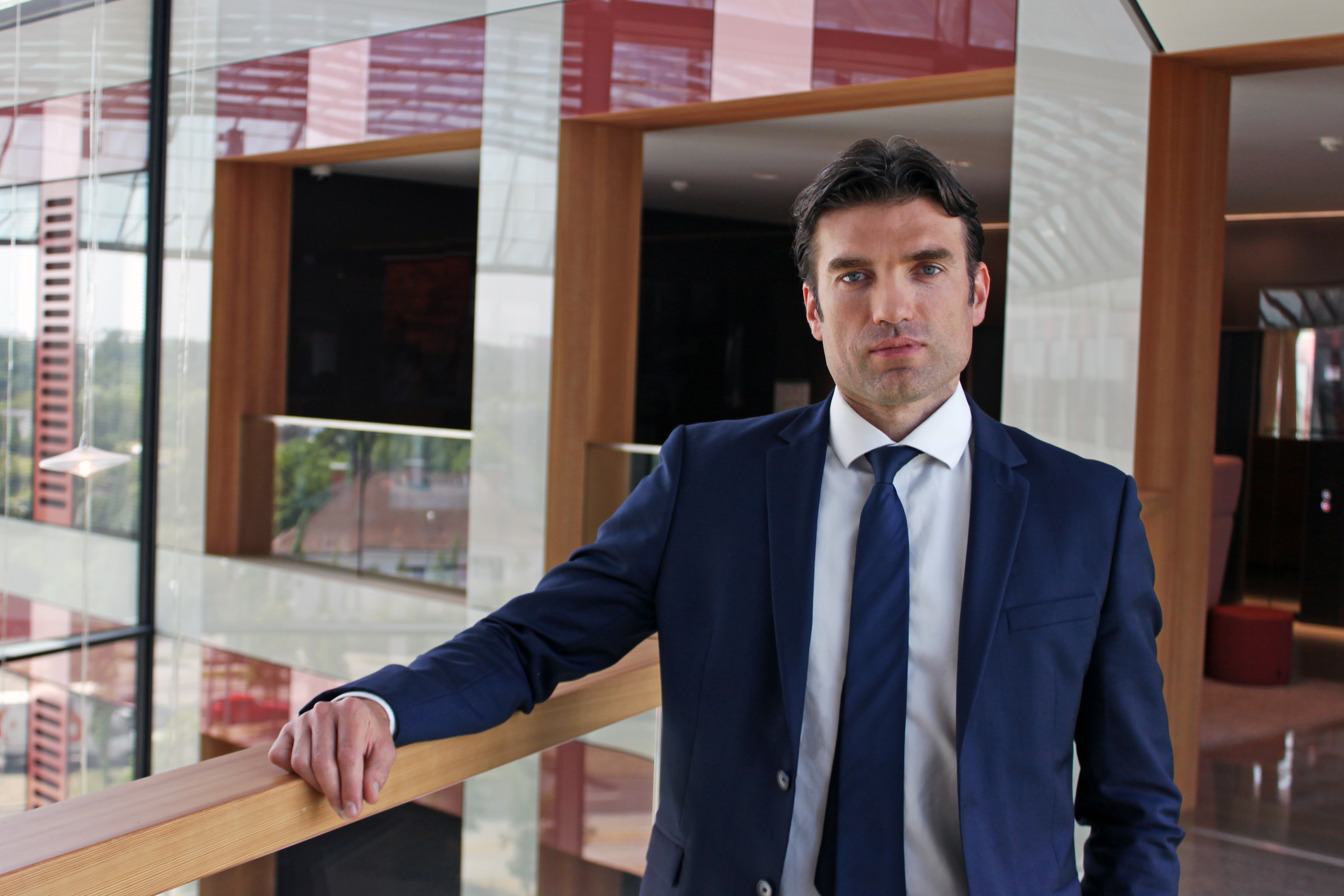EY refers to the global organization, and may refer to one or more, of the member firms of Ernst & Young Global Limited, each of which is a separate legal entity. Ernst & Young Global Limited, a UK company limited by guarantee, does not provide services to clients.

AIFMD 2 seems to be reaching its final stretch. The revised directive is expected in the coming months. Vincent Rémy, Private Debt Leader at EY Luxembourg recaps the envisaged key measures that would impact EU Loan Origination Funds (“LOFs”).
Recent developments in the EU legislative process for AIFMD 2
Since 2021, the EU co-legislative bodies have been involved in multiple discussions over the proposed changes for LOFs. Progress was made on 20 July 2023, as the Commission announced a provisional agreement on AIFMD 2 with the Council and Parliament. Once confirmed, the final AIFMD 2 text may be issued by the Commission before the end of 2023. Member States would then have two years to adopt it into domestic legislation, with potential multi-year transitional arrangements for closing existing LOF.
Key proposed rules applicable to LOFs
The current AIFMD 2 draft explicitly allows EU AIFMs to engage in loan origination. With that clarification, EU AIFs managed by an EU AIFM will be able to carry out loan origination across all EU Member States, addressing the current inconsistency in some countries.
Based on the latest discussion points available, the AIFMD 2 would also introduce the following changes:
Definition of LOFs: Unlike what was discussed during the negotiation phase, it looks like this definition would not necessarily require a quantitative threshold. The proposed two-tier LOF definition includes funds that primarily center their investment strategy on loan origination or those where the notional value of AIF originated loans constitutes at least 50% of the net asset value (NAV).
Definition of loan origination: The co-legislators included a clarification that third-party loan origination should require the AIFM’s participation in structuring, defining and pre-agreeing loan characteristics before the purchase.
Risk retention: To prevent loans from being originated solely for secondary market sale, LOF will be required to retain an economic interest of 5% of the notional loan value (loans granted and sold). Risk retention of loans with a maturity under eight years should last until maturity. For loans with a higher maturity, said risk retention should be eight years. Exemptions could provide flexibility (e.g., sale due to policy breach, deterioration of the borrower’s solvency or to avoid a material loss) to avoid irrelevant monitoring procedures (see below).
Leverage cap: Based on the latest negotiations, borrowing limits for open-ended LOFs would span from 175% to 300%, and for closed-ended LOFs, from 300% to no restriction. The commitment methodology should be used for leverage calculation. Borrowing arrangements which are not fully covered by contractual capital commitments won’t be seen as borrowing. LOFs should be able to adjust positions in case of unintentional breaches of the leverage cap.
Shareholder loans: AIFs will be exempted from the LOF requirement for shareholder loans up to 150% of the AIF’s capital. There should be no exemption for real estate shareholder loans. Member States may exercise an option to prohibit consumer loan origination when transposing the directive in their domestic law.
Closed-ended LOFs: To prevent maturity mismatches, LOFs should primarily be structured as closed-ended. However, open-ended funds might be adopted if the AIFM is able to demonstrate to the competent authority of their home Member State that the LOF’s liquidity risk management system aligns with its investment strategy and redemption policy. Conditions allowing an open-ended structure will be further developed in regulatory technical standards.
Diversification of risks: Loans to a single financial institution or collective investment undertaking will be capped at 20% of the LOF’s capital, with flexibility during fundraising or at the fund’s conclusion. To avoid conflict of interest, the LOF would not be allowed to lend to their AIFM and related parties (e.g., depositary or delegates).
Transparency and compliance: The LOF’s AIFM would be required to report on the composition of the originated loan portfolio, alongside implementing effective policies, procedures and processes including secondary market loan purchases.
Will Luxembourg keep its leading position?
Going forward, loan origination by Luxembourg AIFs, which was already a permitted activity in Luxembourg, will be allowed at the EU level and, overall, will provide for greater flexibility to finance the EU real economy. Some of the restrictive measures mentioned above should, in the grand scheme of things, not alter Luxembourg’s leading position in the EU loan origination funds market (owing to the flexibility of the Luxembourg investment fund toolbox and overall ecosystem for LOF). The Directive should be formally adopted in the following months, and it remains to be seen how the final text will impact LOFs and whether the above measures will be confirmed or left out.
Summary
AIFMD 2 seems to be reaching its final stretch. The revised directive is expected in the coming months. Vincent Rémy, Private Debt Leader at EY Luxembourg recaps the envisaged key measures that would impact EU Loan Origination Funds (“LOFs”).


